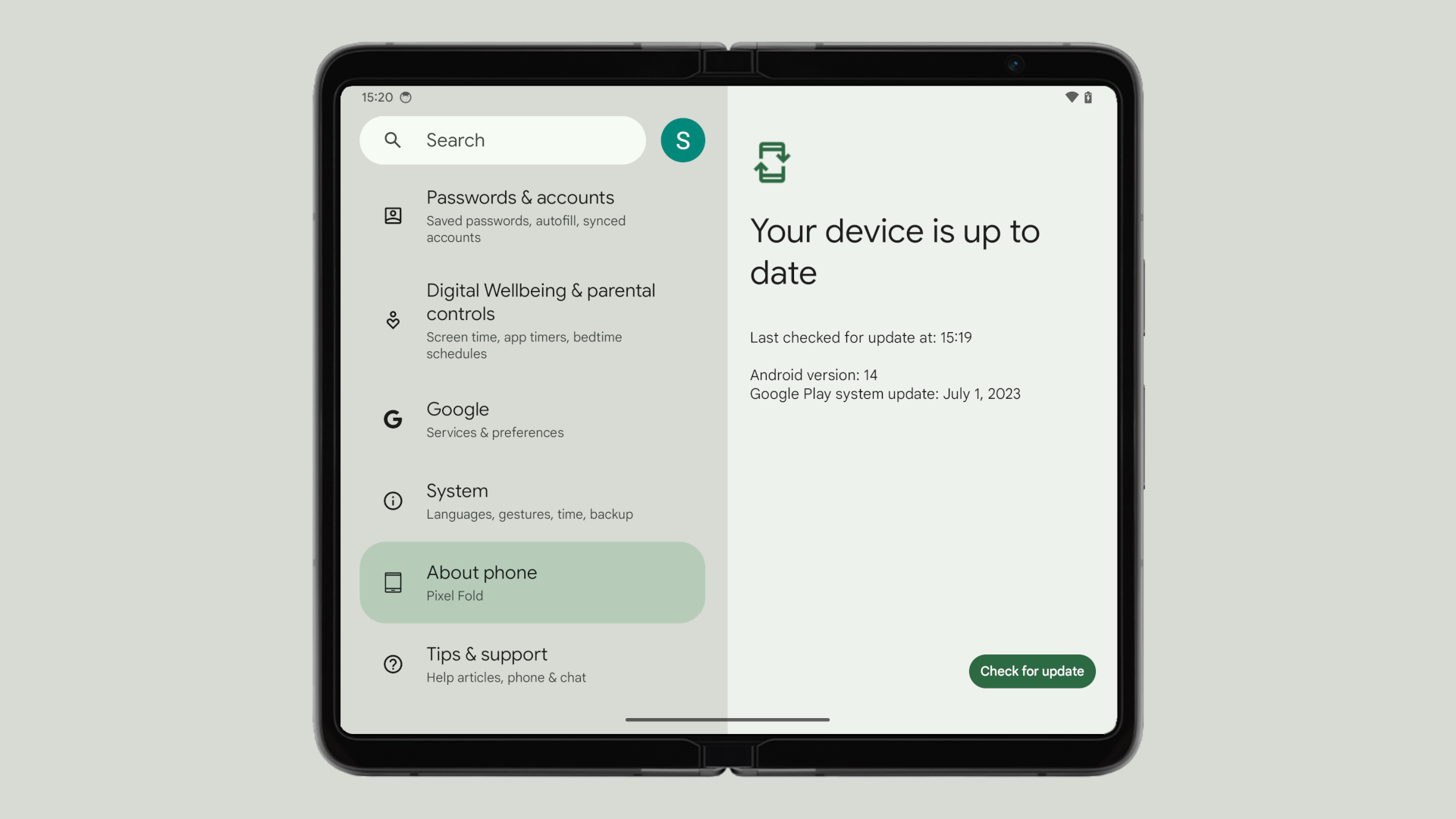- cross-posted to:
- android
- cross-posted to:
- android
Project Mainline delivers key OS updates through Google Play — here’s how it’s changing
I’m afraid this will end up the same way as Treble, and other similar efforts. On paper, this is a fantastic idea. In practice, most vendors will probably block these, or change the core distribution to the point where these are irrelevant, like Samsung or any Chinese market phones do. Not to mention that modifying anything on your device is becoming exceedingly difficult, depending on which vendor it’s from
deleted by creator
Treble is pretty good IMO, I’m using a device with LineageOS GSI, and it works pretty much perfectly. I do wish it was officially supported by LineageOS, as updating requires a PC right now, but it is pretty usable and a better alternative than using the Stock ROM.
[This comment has been deleted by an automated system]
Last I checked, TWRP couldn’t flash logical partitions that make up where the GSI is patched, but it was requested, maybe something changed? Idk, the guy who created the guide on how to flash GSI on my device’s XDA forum mentioned this issue a while ago and recommended flashing through ADB.
Actually, I think the issue is that when I flashed my device, TWRP couldn’t unencrypt or something, it’s been a while and I know I should start the process from scratch
[This comment has been deleted by an automated system]
Since they are adding it as a part of Google Play Services and Google certifies Google Play compatible devices, hopefully this will be a requirement if they want to include Google’s playstore.
A lot of it is actually already required. I can’t find any comprehensive list, but each new release since Android 10 (when modular components / Mainline became a thing) adds new components and makes some older ones mandatory for Google Play devices.
Whaddya mean the same way as Treble? Treble works and is used on Samsung or any other Google Play enabled device. If a phone shipped with Google Play, you’re getting app updates via Google Play, then you’re also getting Treble system updates.
I’ll never understand why typical android updates are tied to your carrier and reliant on them for distribution.
It’s a combination of historical, technical and liability reasons. Even though wireless is built on standards (GSM, etc) implementations by vendors don’t always conform, have defects, or need additional configuration to make it work well on a particular network comprised from particular base equipment. Does Qualcomm test every one of their their modems with every firmware version on every base station from every vendor? Does MediaTek? They don’t and so many issues only show up once you encounter those combinations at the carrier end. When a carrier sells a phone with service on their network, they want to be damn sure it works or they’ll be getting a volume of angry calls or worse (think implications of failed 911 calls). In order to ensure that doesn’t happen, carriers test every device and every firmware version for it on their network. A lot of vendor hardware/software defects are found precisely during this stage. That’s because these days the software/firmware is just as important for the proper functioning of the device-network combination. Therefore carriers want to keep tight control over device/software/firmware combos and only sell what they’ve tested and certified as working correctly. Ultimately carriers hold the keys to their network and they can block any device/group of devices that might cause problems for the network, others subscribers or expose them to liability. This is why updates that can affect any of the above are gated by carriers. This used to be extraordinarily strict prior to 2010. We made specific device software versions for Verizon, AT&T, etc. Remember when every phone had a carrier logo on it? That’s when that was. After 2010, manufacturers and software vendors gradually began decoupling the carrier-related pieces like modem firmware and services, telephony, emergency, etc from the higher level software like calculator apps and through… arduous lobbying and discussions with carriers vendors proved to carriers that they don’t need to vet every little thing that changes in a phone from one version to the next. And so gradually we had more and more things not having to pass carrier testing. That said, OS updates which change the aforementioned critical components are still gated by carrier testing and Google can’t do shit to get past them. They have no leverage as they wouldn’t be liable if something goes horribly wrong.
When I say carriers, think large North American carriers and large European ones. Verizon, AT&T, T-Mobile, etc. Small carriers that don’t have much resources don’t do as much testing and rely more on the diligence of the vendors on the phone and base station ends to have things work well. They also benefit from fixes of defects found during carrier testing conducted by the big ones.
Source: Am a software guy that used to work at BlackBerry during the BBOS, BB10 and Android days.
What about lineage os?









